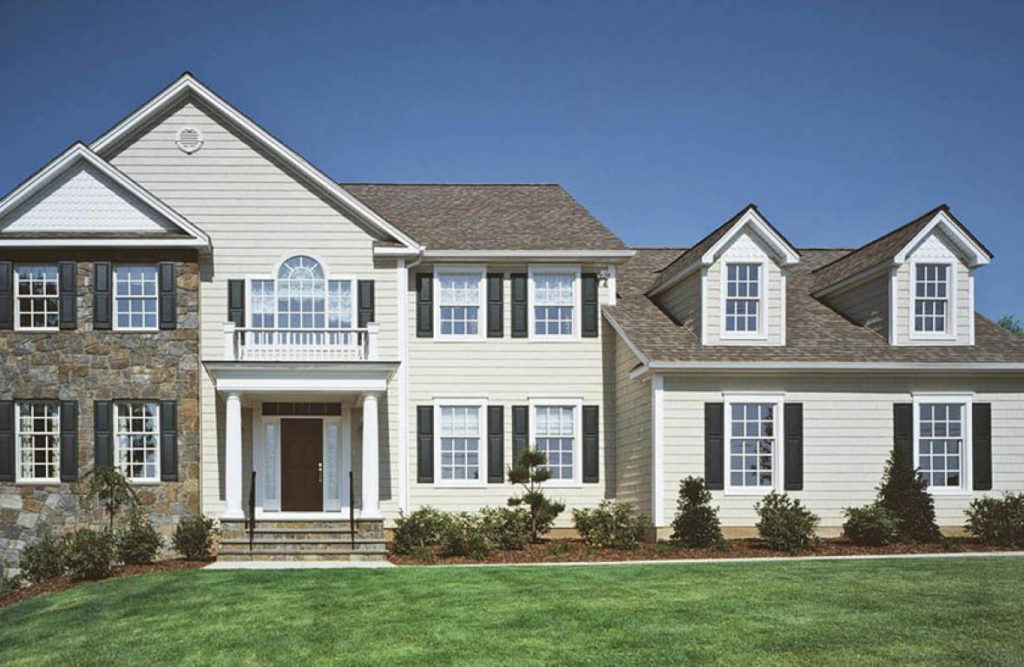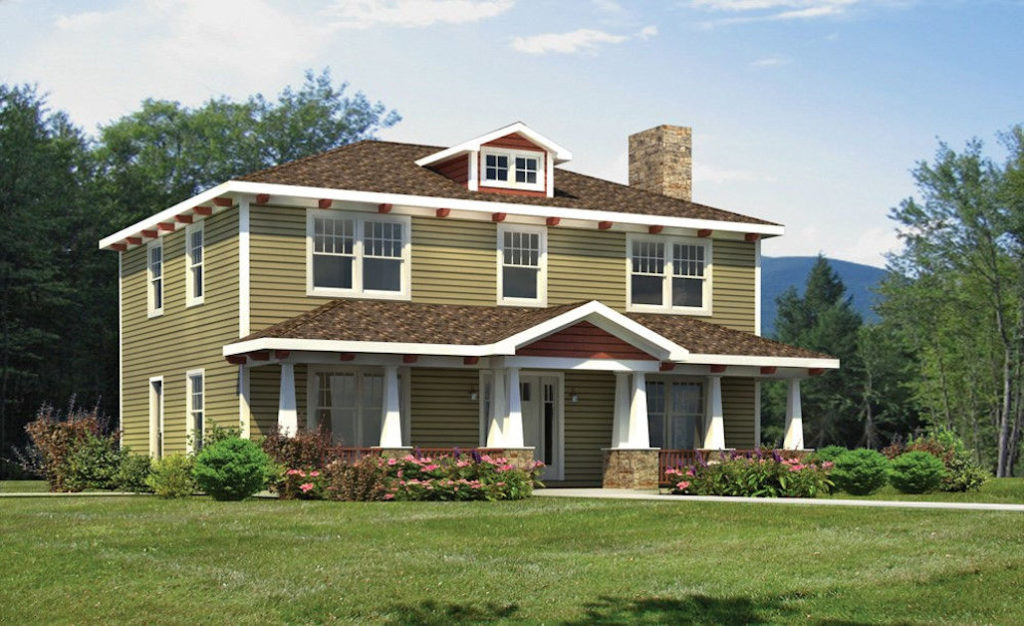12 Oct Building vs. Buying a Home

Building Vs. Buying A Home
Home buying in the United States is happening at a frenzied pace this year. People are buying and selling left and right. Home prices are through the roof, while interest rates are rock bottom, which has many people thinking about homeownership for the first time or how to move into a different home after being made an offer they can’t refuse for their current one. Let’s look at the two choices facing home buyers by exploring building vs. buying a home.
Buying a Pre-Existing Home
There are certainly advantages to buying a home that has already been built, particularly an older home in an established neighborhood.
Established landscaping and unique features make purchasing an older home appealing. Many of these lots have large shade trees and beds of blooming bushes and perennial plantings.
Whether you’re looking at a 1920s Craftsman or a late 1800s Victorian, the appeal of the associated architectural details is difficult to resist. Also, the speed of getting into an existing home is much faster than waiting on a new home to be built, which is definitely a factor worth considering.
However, buying an existing home comes with a number of disadvantages:
- No home is ever perfect. No matter how beautiful or well-maintained a home may be, you aren’t going to like everything. From painting to walls to plumbing updates to dead-tree removal, expenses in a home for which you didn’t make all building decisions can add up quickly. Typically, you’ll have to replace one of the following in the first few years of buying a previously-owned home: HVAC, roof, electrical, flooring.
- 2020 is still a seller’s market. In the Northeast in particular, there aren’t many from which to choose. When a home is listed, it goes fast. Potential buyers, more than ever, end up spending a lot of money for a home that isn’t exactly what they want.
- Higher energy bills can be an issue with homes built in the 20th Century. Energy efficiency in building materials, like windows, doors, insulation, HVAC, etc., have improved astronomically this century over the last. Without these updates in a home a homeowner can expect higher monthly energy bills.

Building a New Home
The major advantage to building a new home is that you will have a say in every decision and end up with exactly what you want. What about those architectural features? Remember that those wrap-around porches and beautiful hardwood floors can be included in any new-home build. Across the country there is a shortage of existing homes to buy, but opportunities to buy land and build abound.
Some things to consider when making the decision to build a new home include where to build it. Buying land to build a home is the first and potentially most important step in the process. Things to consider:
- It’s recommended that you make land purchases in cash because mortgages on land purchases can be tough to attain, and they generally have to be repaid in 3-5 years. On top of that, you can use the land to secure a loan for your home build.
- Location is key, of course. Choosing to buy land in the country offers a lot of freedom to do with it what you want, plus the potential of loads of privacy and no HOA! Choosing a lot in town comes with built-in perks, like convenience to grocery stores and entertainment. Also, if you buy in a planned community, you might have access to a swimming pool, gym or other amenities.
- Don’t forget to factor in additional expenses beyond land purchase price and the actual home build, like running utilities to the property, permits, fees and land prep to build.
Now that you have your land, the real fun begins. Well, it’s not all fun because you have a lot of technical things to decide. Here are some things that you need to get together.
- You want a plan for the build
- Choose where to place your home on your new land and how much of the land the home will cover, including garages and porches.
- Then sketch out your desired architectural style and floorplan, using an online tool or graph paper. One way to make this easier is to consider a home from a custom builder, like Columbia Home Solutions in New York’s Hudson Valley. Whatever path you choose, there are multiple styles and layouts that should give you the home of your dreams
- Always budget for more than you expect. Always. No matter how carefully you plan, you will always encounter unexpected expenses. Once you decide how much you want to spend, it’s time to find the right builder and get your financing in order.
- Working closely with your builder, determine the local regulations you need to meet, ways to save money along the way and inspections the project has to pass. Also, you can determine the timeline for the build, which of course will be inadequate, so prepare to be flexible.
Columbia Home Solutions offers plenty of information about the process to build a new custom home. If you’re considering entering the building process in the Hudson Valley, choosing a custom-built, modular home might be the right decision for you. Visit columbia-home-soutions.com today or give us a call at 518-537-688 for more information.
